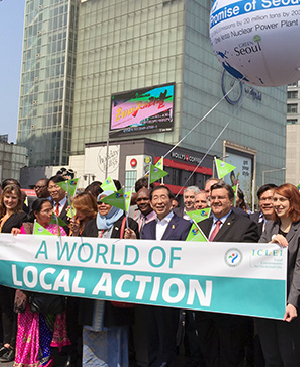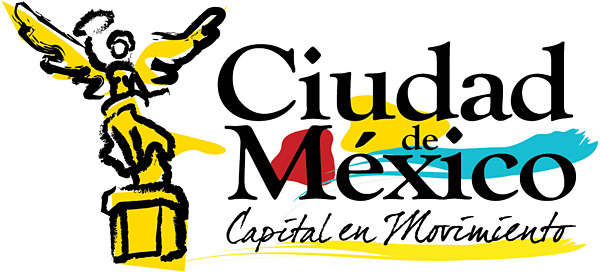- Home
- Reporting entities
- Municipality of Málaga
Municipality of Málaga
Spain-
Population 567433

-
Area 398.25km 2
-
GDP N/AN/A
-
Targets by N/A N/Aemission
Targets by Municipality of Málaga
There are no targets yet
- Start year: 2011
- Type: Technical/Infrastructure investment
- Status: Completed
These initiatives, a part of the SmartCity Málaga project, respectively
pursue the creation of a micro-network that optimizes
wind energy generation and maximizes public-lighting
energy efficiency. Wind generation was established with a 4
kW micro-generator and nine 680 W mini-generators for public
lighting system elements. Additionally 200 controlled LED
lighting elements were installed and allow operating hours
and light intensity to be adjusted in real time in accordance
with environmental factors or renewable energy availability.

- Start year: 2011
- Type: Public Participation/Stakeholder engagement
- Status: In operation
The program involves the development of a shared “ecocity”
culture on both sides of the straight that—through decentralized
processes—lead to key stakeholder interactions
for improving and protecting natural spaces and environmental
resources. Noteworthy actions include actions-based
energy-efficiency upgrades using renewable energy sources;
expressly promoted participation on the part of women and
young people; and the use of reusable shipping containers
to create an eco-center to serve as AMEV headquarters in
Morocco, from where the eco-city model will be promoted.

- Start year: 2012
- Type: Technical/Infrastructure investment
- Status: Completed
The project seeks to bring about a reduction of the polluting
emissions associated with USW dumps and promote
renewable energy use. Each engine’s installation contributes
a 29,000 metric ton CO2-equivalent reduction yearly; added
to each generator’s production capacity, there is an additional
3500 metric ton per-year reduction. Overall, greenhouse
gas emissions reductions reach 32,500 metric tons of
CO2-equivalent per year.
- Waste

- Start year: 2009
- Type: Policy/Strategies/Action Plans
- Status: Completed
The goal is to recover the classical Mediterranean city as the
model for area development by combining complexity and
compactness levels to allow for greater control over natural
resource consumption. This is a trans-national and multilevel
strategy with experiments in all participating territories
and participation on the part of key city stakeholders who
develop “green blocks” backed by a political commitment
on the part of mayors.

- Start year: 2011
- Type: Policy/Strategies/Action Plans
- Status: Completed
The goal is to promote local cross-border development by converting degraded neighborhoods into arts districts that drive added value activities related to culture, commerce, and increased public/private partnerships. This includes defining the arts district concept as SOHO, a common brand for the neighborhood; a neighborhood project in the Moroccan zone and the neighborhood’s consolidation with Málaga; and public/ private partnerships to reclaim rundown historic spaces, contribute to economic and sustainable tourism development and create a local cultural- tourism image.
Read More Read Less
- Start year: 2011
- Type: Assessment/Research
- Status: Completed
The project centers on conserving common chameleon populations
and led to the creation of a Conservation Center
where chameleons that are wounded or exist in insalubrious
conditions are rescued, acclimated in semi-wild conditions
and reintroduced into their natural habitats. In parallel, essential
environmental education activities are undertaken to
guarantee the species’ survival.



